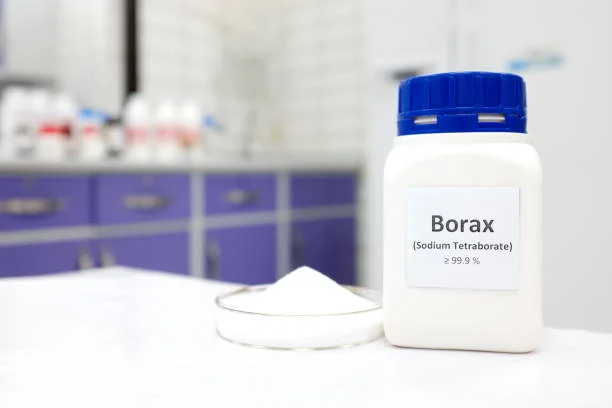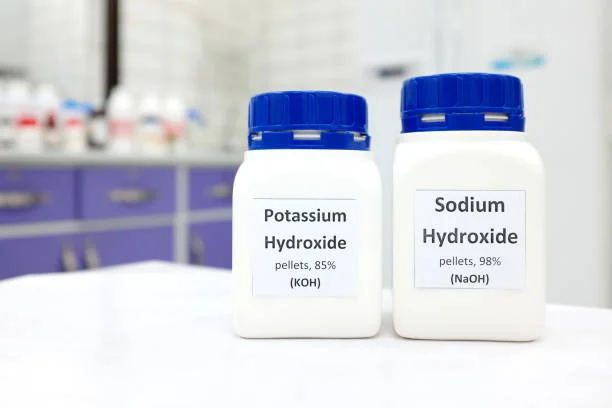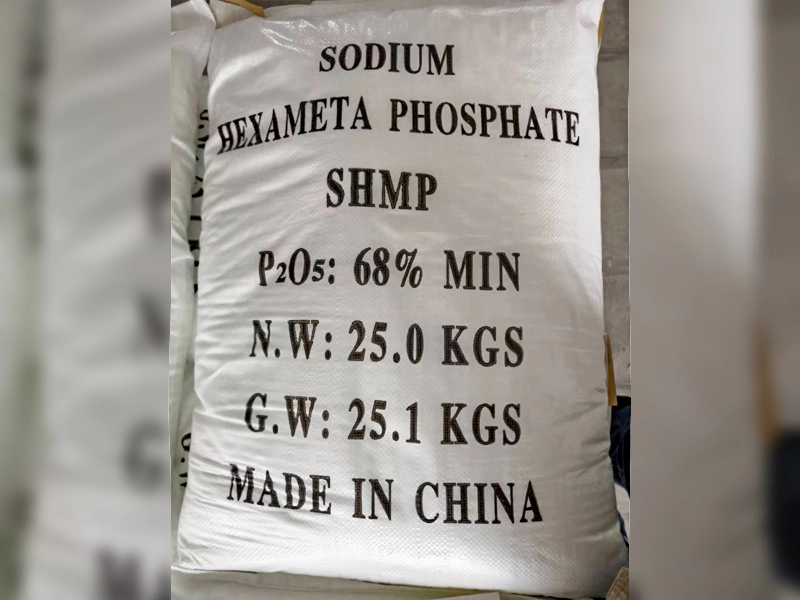Sodium Hydrosulfide
Operation Guide for Sea Freight Export
Sodium hydrosulfide (chemical formula: NaHS) is an inorganic compound that appears as colorless needle-like crystals and is hygroscopic. It decomposes upon melting, releasing hydrogen sulfide. It is easily soluble in water and alcohol, and its aqueous solution is strongly alkaline. When it encounters acids, it decomposes to produce hydrogen sulfide. Industrial products are typically in solution form and appear orange or yellow, with a bitter taste. Sodium hydrosulfide has a wide range of applications, including in the silicone industry, leather industry, dye industry, pharmaceutical intermediates, and wastewater treatment. Due to its unique chemical properties, special safety regulations must be observed when transporting Sodium hydrosulfide by sea to ensure the safety of personnel and prevent environmental contamination during the transportation process.
1
Preparation Stage
Company Qualifications:Ensure that the company has the necessary import and export qualifications.
Document Preparation:Prepare the MSDS (Material Safety Data Sheet), dangerous goods packaging certificate, customs declaration documents, etc.
2
Booking
Choose a Suitable Shipping Company:Since some shipping companies may not accept sodium hydrosulfide, select a company that can transport such hazardous materials.
Book in Advance:Hazardous materials require booking well in advance, typically 10 working days ahead.
3
Cargo Preparation
Packaging:Solid sodium hydrosulfide is usually packaged in iron drums, while liquid sodium hydrosulfide can be shipped in either iron or plastic drums. According to the International Maritime Dangerous Goods Code (IMDG Code), ensure that the correct transport labels are affixed. The labels should include the hazard class, packaging group, and necessary warning symbols to ensure compliance with packaging requirements.
Storage:Sodium hydrosulfide should be stored in a well-ventilated, dry environment, away from sources of fire and heat.
4
Declaration
Maritime Declaration:Complete the maritime declaration for hazardous materials before the cut-off time, providing the original dangerous goods packaging certificate, English version of the MSDS, declaration authorization letter, packing list, etc.
Container Number:The cut-off declaration requires a container number; if the goods have not yet arrived at the warehouse, a container number can be designated in advance.
5
Loading and Port Entry
Loading:Load the sodium hydrosulfide according to its form (solid or liquid), taking care to handle it gently to prevent damage to the packaging.
Port Entry:Shanghai has two ports: Waigaoqiao (Outer Port) and Yangshan. Waigaoqiao requires customs declaration after entering the port, while Yangshan requires customs declaration before entering the port. Hazardous materials are processed separately.
6
Customs Declaration
Customs Declaration Documents:Prepare the customs declaration authorization letter, packing list, invoice, declaration elements, etc.
Customs Operation:Conduct customs operations according to local customs requirements.
7
Transportation
Fire and Corrosion Prevention:During transportation, pay attention to fire and corrosion prevention, and ensure that the cargo is kept away from food and items that may react with hydrogen sulfide.
Loading and Unloading:Handle the cargo gently during loading and unloading to prevent damage to the packaging.
8
Emergency Measures
Leakage Handling: In the event of a leak, take immediate action, such as rinsing with large amounts of water, and dilute the wash water before discharging it into the wastewater system.
Fire Response:In case of fire, use water, sand, and various fire extinguishers to extinguish the flames.
9
Tracking and Delivery
Arrival Information:Wait for the terminal to provide arrival information to ensure the smooth loading of the cargo.
Delivery:Once the cargo arrives at its destination, follow the relevant procedures for delivery.
A
Laws and Regulations
1. UN Number
The UN number for sodium hydrosulfide is 2318.
2. International Maritime Dangerous Goods Code (IMDG Code)
Comply with the transportation regulations for sodium hydrosulfide as outlined in the IMDG Code.
3. Material Safety Data Sheet (MSDS)
Ensure that all operating personnel have access to the safety data sheet for sodium hydrosulfide and understand its contents.
B
Sodium hydrosulfide, as an important industrial chemical, requires strict safety measures during maritime transport. By rigorously adhering to the above safety guidelines, the risks during transportation can be effectively reduced, ensuring the safety of personnel and environmental protection.
- Random Content
- Hot content
- Hot review content
- The Essential Guide to Sodium Cyanide: Usage Cases and Sourcing
- Sodium Isobutyl Xanthate SIBX 90%
- Thiourea 99% high activity Professional Producer
- Phosphoric Acid 85% (Food grade)
- Lithium hydroxide 99% Solid
- Pharmaceutical Intermediate Glycine with High Quality 99%
- 99% Animal Feed Additive DL Methionine
- 1Discounted Sodium Cyanide (CAS: 143-33-9) for Mining - High Quality & Competitive Pricing
- 2China's New Regulations on Sodium Cyanide Exports and Guidance for International Buyers
- 3Sodium Cyanide 98% CAS 143-33-9 gold dressing agent Essential for Mining and Chemical Industries
- 4International Cyanide(Sodium cyanide) Management Code - Gold Mine Acceptance Standards
- 5China factory Sulfuric Acid 98%
- 6Anhydrous Oxalic acid 99.6% Industrial Grade
- 7Oxalic acid for mining 99.6%
- 1Sodium Cyanide 98% CAS 143-33-9 gold dressing agent Essential for Mining and Chemical Industries
- 2High Quality 99% Purity of Cyanuric chloride ISO 9001:2005 REACH Verified Producer
- 3Zinc chloride ZnCl2 for High Molecular Weight Polymers Initiator
- 4High Purity · Stable Performance · Higher Recovery — sodium cyanide for modern gold leaching
- 5High Quality Sodium Ferrocyanide / Sodium Hexacyanoferr
- 6Gold Ore Dressing Agent Safe Gold Extracting Agent Replace Sodium Cyanide
- 7Sodium Cyanide 98%+ CAS 143-33-9











Online message consultation
Add comment: